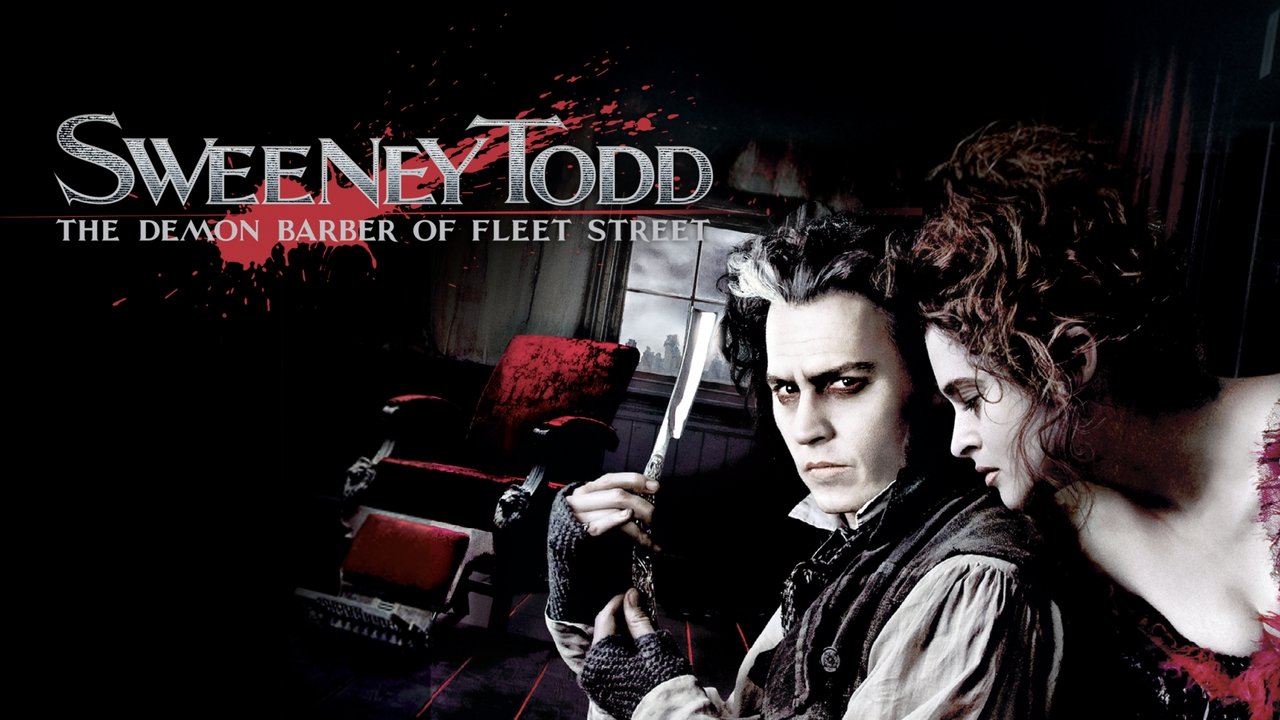
Bond, dissatisfied with this plain-old-evil Sweeney, took this long tradition and created something brand new: a story of righteous revenge with a sympathetic view of its main character.īond’s play borrows from the Jacobean revenge tragedy genre and gives Sweeney a haunting backstory and motive for his dark deeds. These massively popular stories gripped Victorian era England, and the Sweeney featured in them is an irredeemable, infernally wicked man who crept out of the darkness like a true monster. The character of Sweeney Todd first appears in penny dreadfuls, serialized pamphlets telling shocking horror stories for only a penny each. Bond (born in 1945) is a British actor and playwright who wrote over thirty plays as well as serving as artistic director for several prominent theatres, and Sweeney Todd is his most famous contribution to theatre by far. The primary source material for the musical comes from Christopher Bond, who wrote his version in 1974. Let’s talk a bit about each of them and how they contributed to what you will experience while watching the play. The story of Sweeney Todd actually dates back to the nineteenth century, and each of these writers’ expertise helped craft something new and compelling. You’ll notice that three writers are credited in the playbill:Christopher Bond, whose play the musical is based on, Hugh Wheeler, who wrote the book, and Stephen Sondheim, who composed the music and lyrics.

“Attend the tale of Sweeney Todd,” intones a foreboding voice, and we are drawn into a dark world-the Tony Award-winning horror musical Sweeney Todd: The Demon Barber of Fleet Street.


 0 kommentar(er)
0 kommentar(er)
